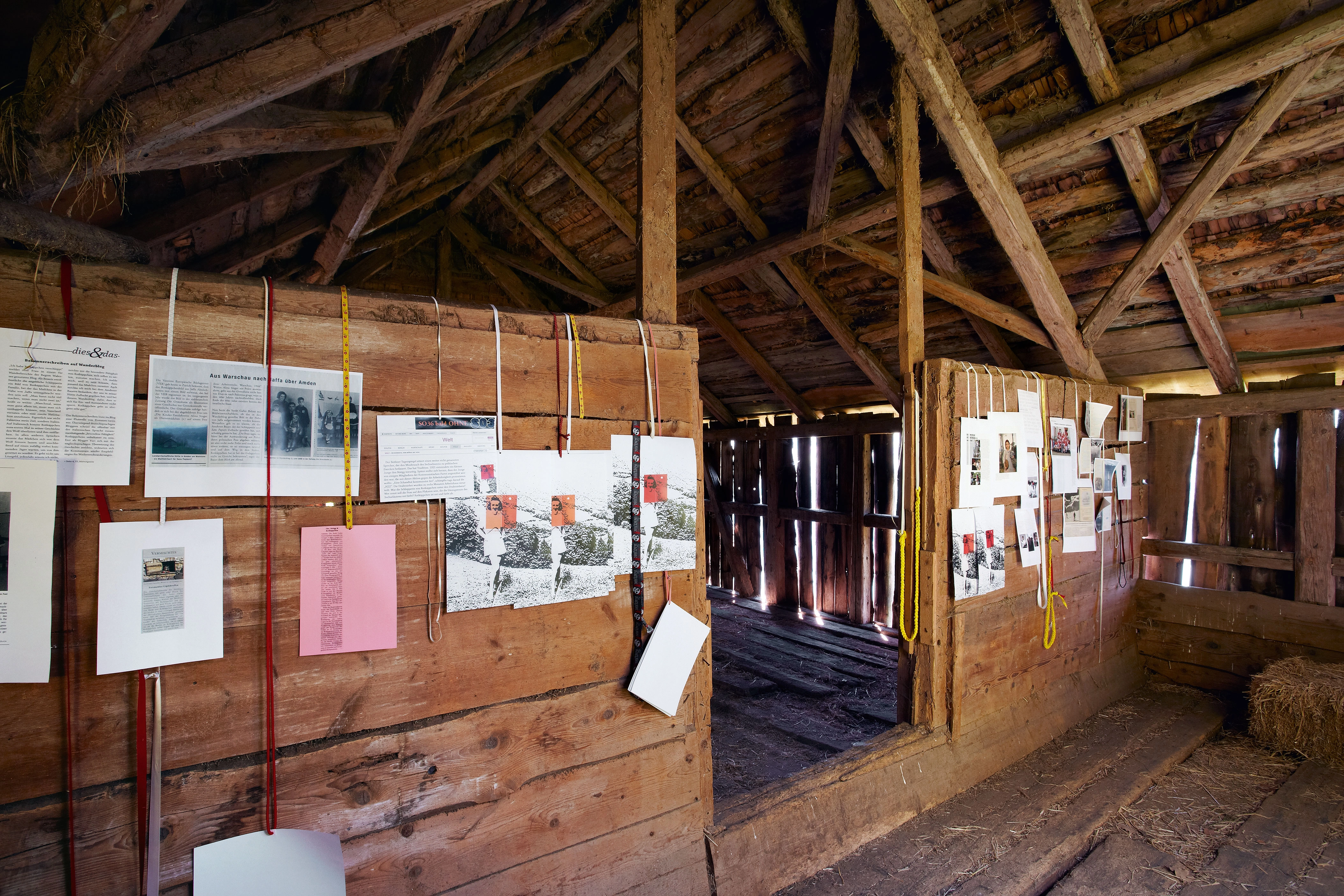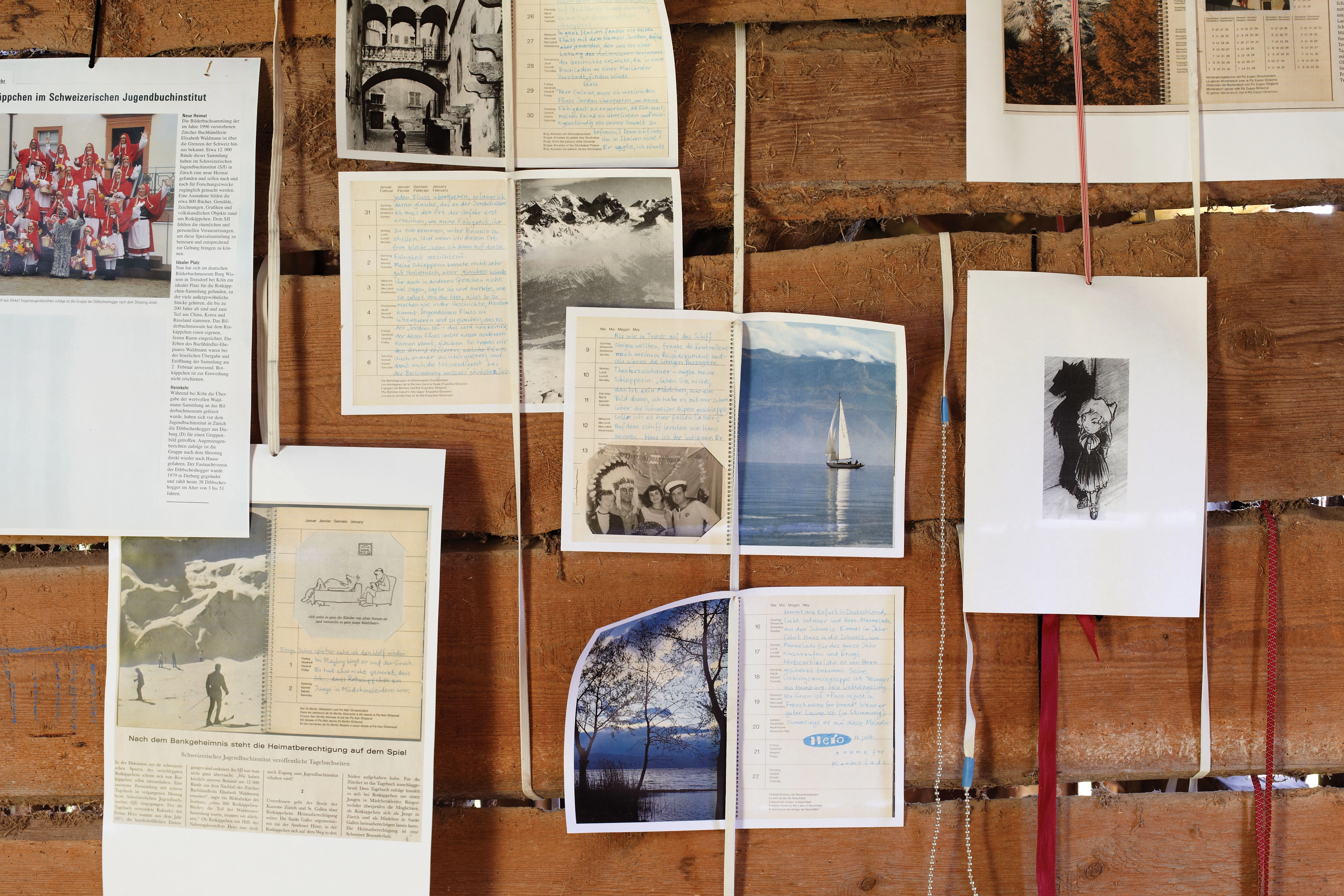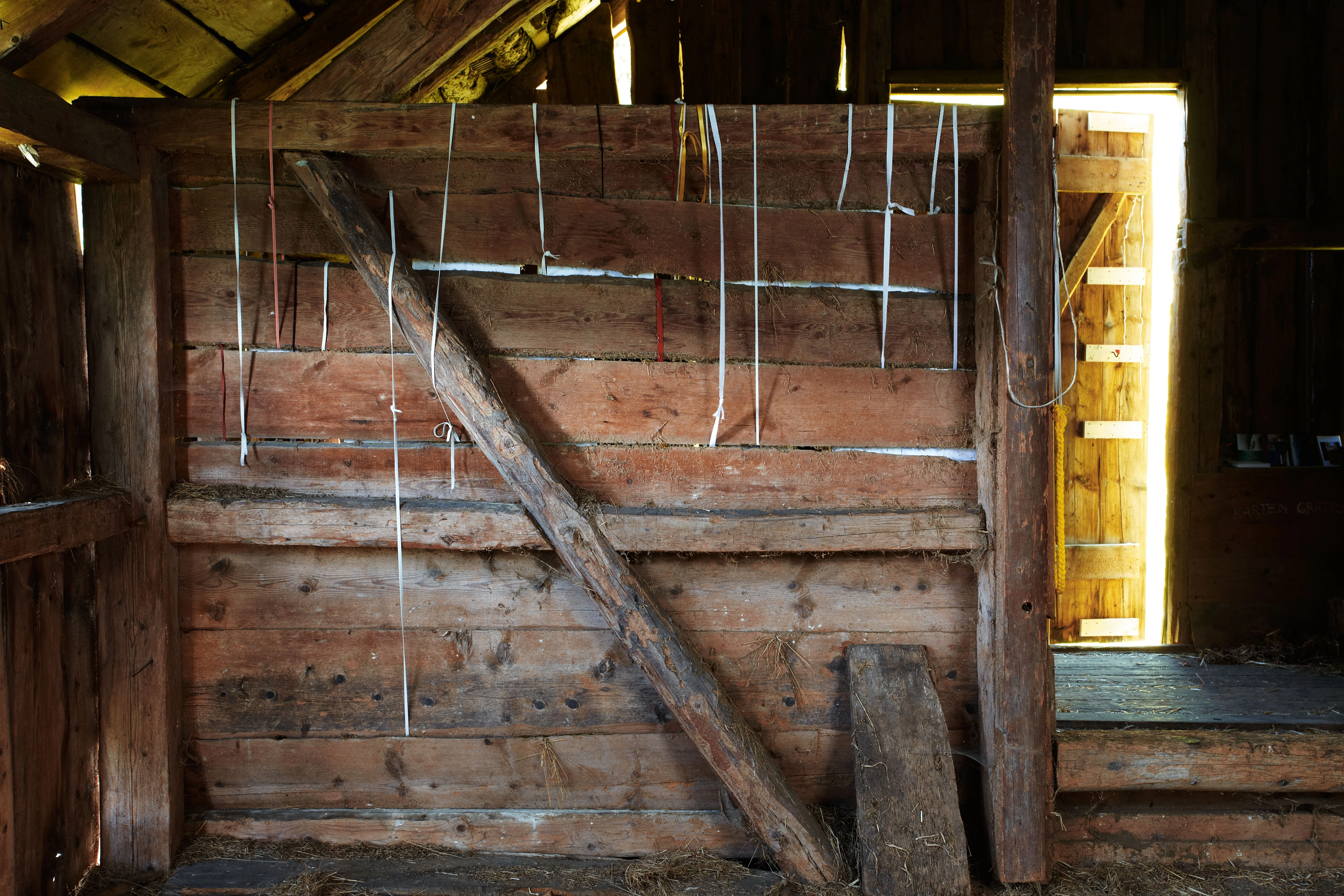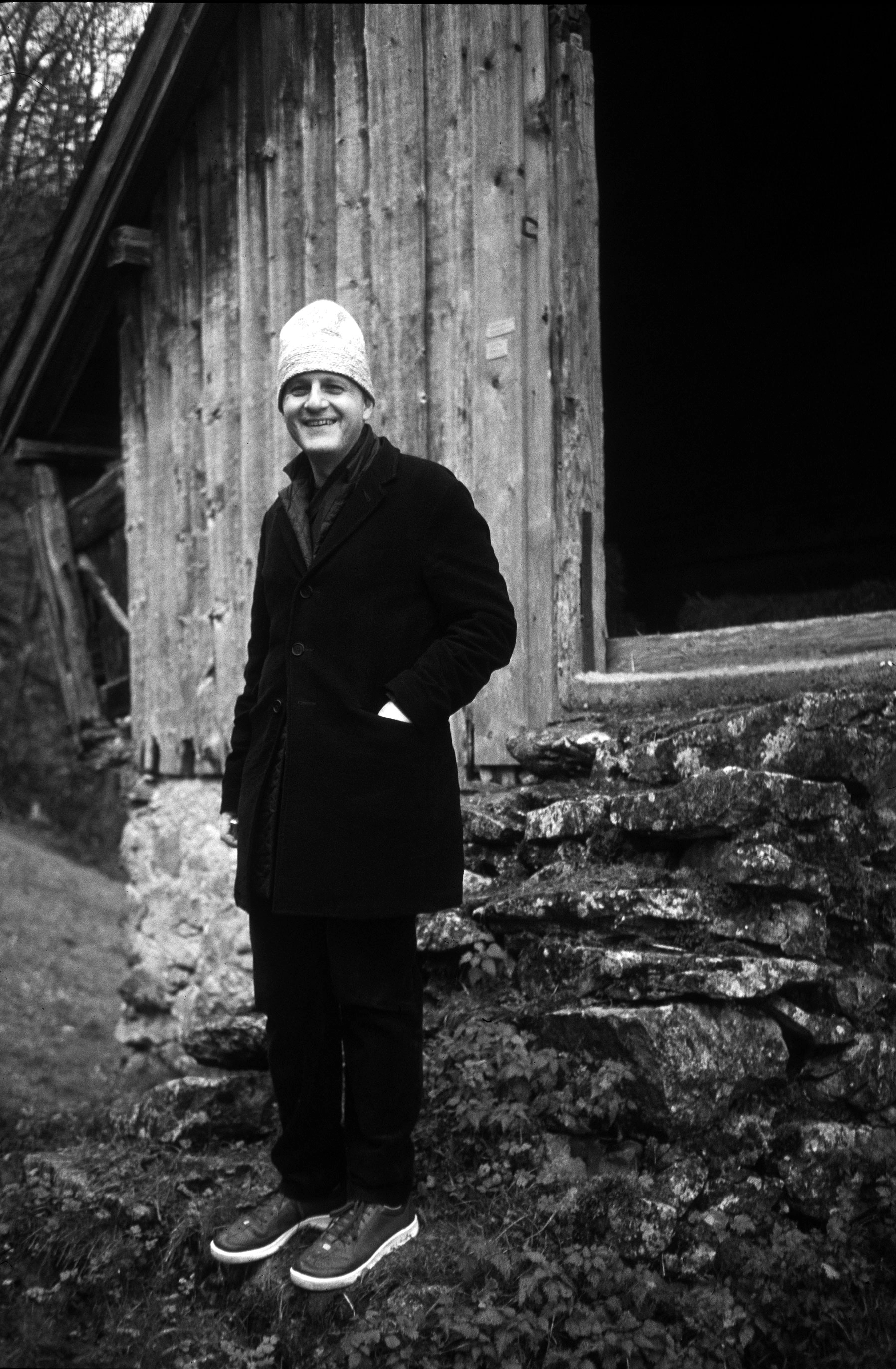In 2008, Eran Schaerf gave a talk on his art to students of architecture in Cambridge, Massachusetts. He began by remarking that he was born in Tel Aviv-Jaffa, although the entry in his German passport states only Tel Aviv as the place of birth. When he asked why, the German official explained that the register of place names had been simplified and that his place of birth was now Tel Aviv. Jaffa, the older, Arabic-speaking city in Palestine, had been deleted from his passport.
Schaerf could have interpreted this change of place name as a purely official act that would not affect the larger order of things, but he did not. He comes from a region where, as he himself says, at least two narratives, two languages, and two cultures meet and lay claim to the same strip of land. This plural has left its impress on him and still interests him as both artist and citizen. He has since tracked down such a plural in many places.
Schaerf studied architecture, first in Israel and later, from 1985–1987, at what is now Berlin University of the Arts. He has been living and working in Berlin ever since. His artistic agenda involves the study of meaning and the different appearances of word and image in art and everyday life. The appropriation and montage of linguistic and visual forms of expression that he encounters as both reader and viewer reveal some ordinary and some surprising contiguities and connections, as well as some incompatibilities. Reading his work is thus an open-ended process. He examines the relationship of word and image in terms of their technical reproducibility; printing processes, photography, film and radio are his preferred media. He often works with printed matter, produced in unlimited editions and usually appearing more than once in different contexts and projects. Through repeated use, he skilfully unfolds the potential inherent in images and narratives. A statement by Ludwig Wittgenstein on a poster in an early work, Madame Chose a l’air tout chose (1992), could well be a motto for Schaerf’s entire oeuvre: “Someone once told me that as a child he had been surprised that a tailor could ‘sew a dress’ — he thought this meant that a dress was produced by sewing alone, by sewing one thread on to another.” 1
In Amden, Schaerf assembled an installation consisting of fictive newspaper articles and Little Red Riding Hood’s diary. A modified and enlarged version of the work was later shown at Kunstmuseum Liechtenstein in Vaduz. The reports, presented in words and pictures, deal with various people and figures, real and fictitious events, borders and borderline experiences, immigrants and emigrants and, in a reference to the local culture, an encounter in Amden that never took place. “I have kidnapped Little Red Riding Hood” is one of the posts in a fictive blog for hikers in the Lake Walensee region included in the exhibition. Having been denied asylum in Amden, Red Riding Hood and her female trafficker were unable to meet Heidi. In the blog, the trafficker and Red Riding Hood express their gratitude to the farmer who briefly gave them refuge in his hut. Their statement provoked a flood of commentaries, set in motion an investigation into the background and identity of Red Riding Hood and raised questions about who was guilty in this case of unauthorized immigration. The research conducted yielded some surprising photographs of well-known politicians, whom Eran Schaerf linked with Red Riding Hood in simulated newspaper clippings.
– Roman Kurzmeyer
- Ludwig Wittgenstein, Philosophical Investigations, trans. G. E. M. Anscombe, 3 rd ed., Oxford: Blackwell, 1986, § 195.

 Images
Images
 Info
Info





 Next Exhibition
Next Exhibition